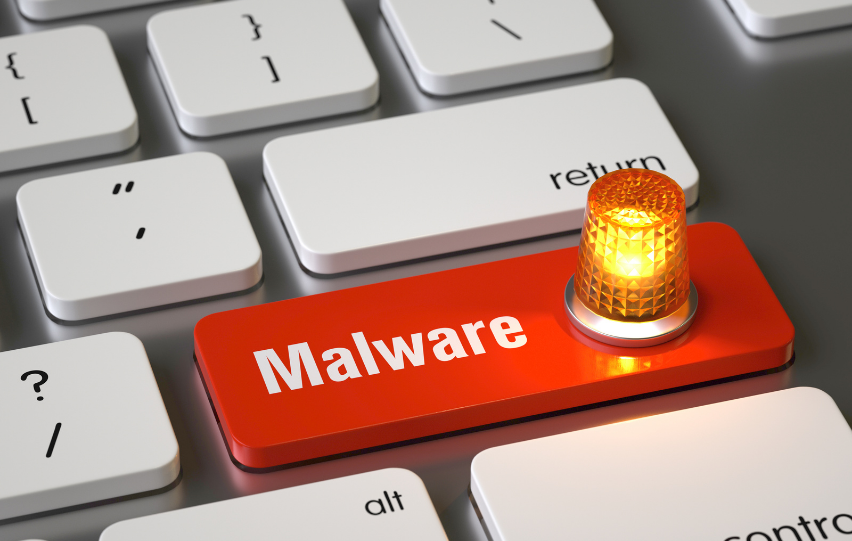Security-focused technologies have evolved significantly, but there remain challenges that IT professionals must overcome to build a robust enterprise security posture.
The cybersecurity landscape is volatile and ever-changing, consistently introducing new threats to organisations across the country. South African companies want to remain at the forefront of digitalisation, accelerating their capabilities alongside the global rate of change, but without compromising on their security.
RELATED: Enterprise cybersecurity spend to exceed $226B globally by 2027 — AWS, IBM lead competition
This is why, Shilpi Handa, Associate Research Director (META) at IDC highlights, companies are investing more in services designed to meet the challenges that come with the limited availability of cybersecurity skills, an increasingly remote workforce, and a demanding regulatory environment.
“The goal is to establish a strong security posture that reinforces an organisation’s ability to defend against the threats without compromising on innovation and growth,” she continues. “Achieving this requires they invest in several key components that work together to effectively protect the business.”
The first component, Handa recommends, is to invest in a robust risk assessment as this will identify any potential vulnerabilities while allowing for the organisation to better prioritise security efforts. It will expose the gaps and offer decision-makers a critical level of visibility into their overall posture and security performance, both internally and externally. The level of understanding it provides will also better inform what type of proactive defence mechanisms the business should implement.
“Companies should consider solutions such as intrusion detection and prevention systems, advanced threat intelligence, and continuous monitoring as these security services help detect and thwart threats in real-time,” says Handa. “Fortunately, this is something that’s already on most corporate agendas – the worldwide spend on security solutions and services is forecast to exceed $219 billion this year, an increase of 12.1% versus 2022. Companies are doubling down on solutions that allow them to secure remote access to resources, remain compliant and protect critical infrastructure.”
In addition to next-generation security defences, companies need to invest in employee training. An adequate training and awareness programme will ensure a security-conscious workforce that can recognise social engineering and phishing attempts. This is perhaps one of the most critical investments in security as the human element can be either the weakest or strongest link in the security chain. This should be wedded to incident response plans and regular drills to ensure that security teams, and employees, can respond swiftly to security incidents. Continuous learning and skills development among security personnel are also crucial to supporting an organisation’s ability to adapt to the evolving threat landscape.
“Further, companies must invest in strong encryption practices that safeguard sensitive data,” says Handa. “Multi-factor authentication adds an extra layer of protection to critical systems and accounts while regular patch management and updates will ensure the business is consistently addressing known vulnerabilities. It’s also key to implement network segmentation to minimise the lateral movement of attackers. Together, these components create a holistic and resilient security posture that mitigates risks and safeguards assets from cyber-attacks.”
Fortunately, the next generation of cybersecurity technologies leverage advanced capabilities to address the evolving threat landscape and protect organisations from an increasingly sophisticated threat. Zero-trust adopts a ‘never trust, always verify’ approach that ensures user identities are verified before granting access to resources, both within and outside of the network perimeter. Behavioural analytics solutions leverage artificial intelligence (AI) and machine learning (ML) algorithms to monitor user and entity behaviours. These are immensely powerful in their ability to identify anomalies and potential insider threats based on deviations from normal patterns.
“Deception technologies set up decoy assets and fake data to mislead attackers, allowing security teams to detect and respond to threats more effectively,” concludes Handa. “And XDR solutions consolidate and correlate data from multiple security sources to provide comprehensive threat detection and response across endpoints, networks and the cloud. In short, next-generation cybersecurity technologies are providing organisations with the advanced support they need to stay ahead of the threats while staying ahead of the game.”
Security threats may be evolving and becoming more sophisticated, but so are the services designed to mitigate or eradicate them.





























